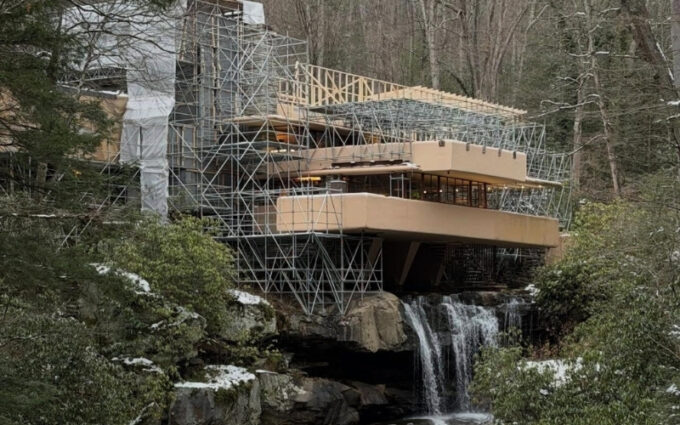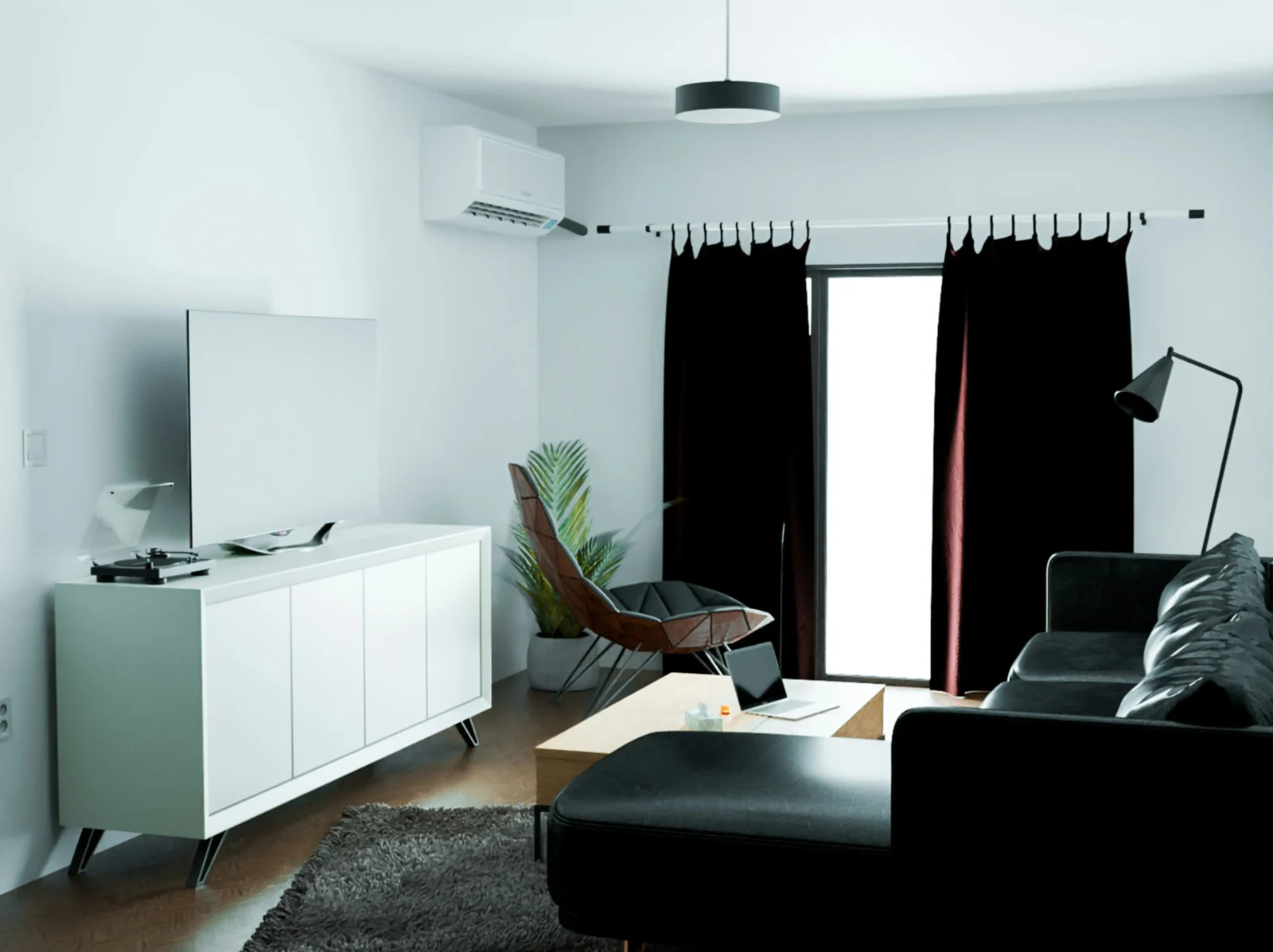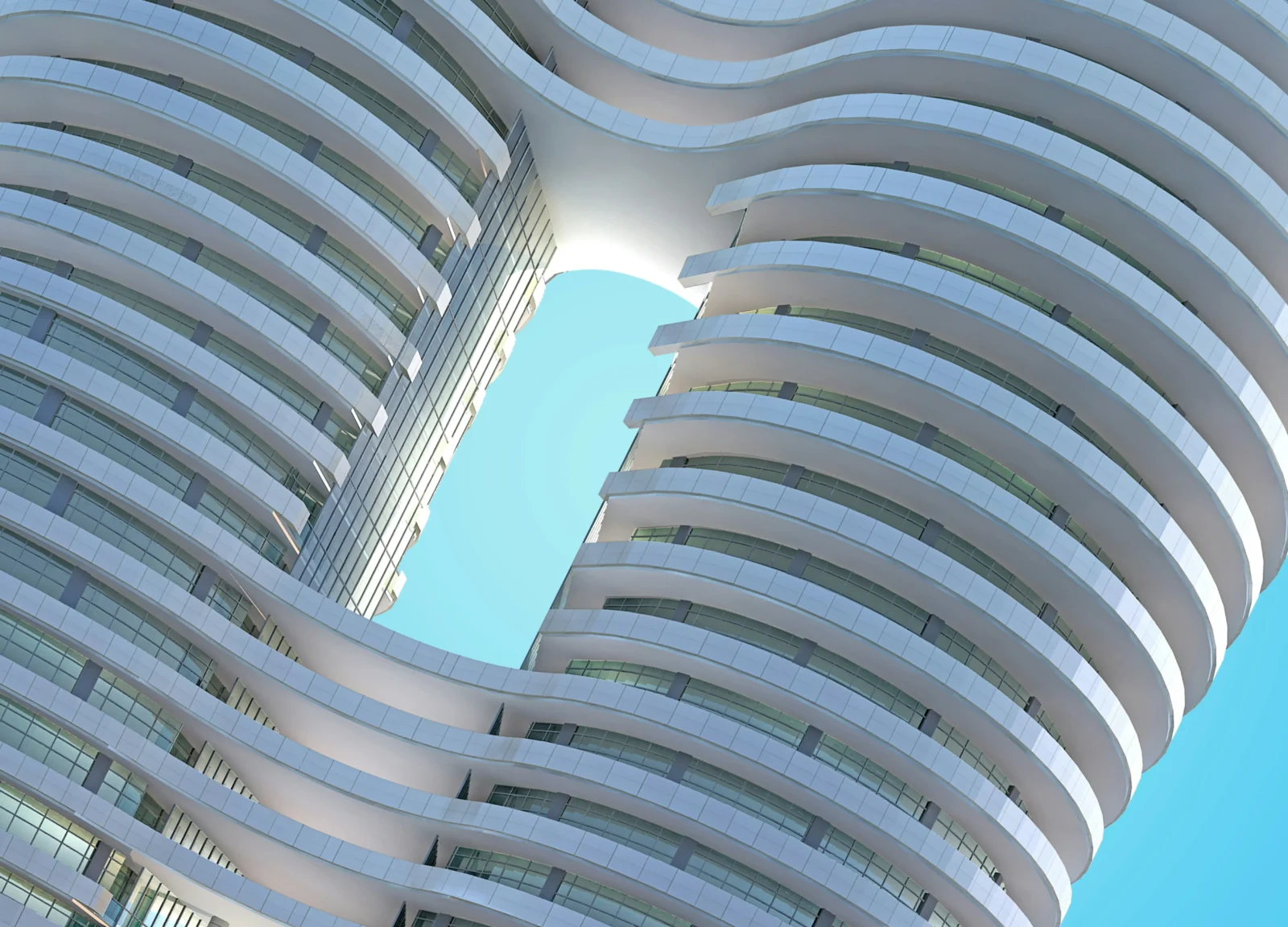- Home
- Articles
- Architectural Portfolio
- Architectral Presentation
- Inspirational Stories
- Architecture News
- Visualization
- BIM Industry
- Facade Design
- Parametric Design
- Career
- Landscape Architecture
- Construction
- Artificial Intelligence
- Sketching
- Design Softwares
- Diagrams
- Writing
- Architectural Tips
- Sustainability
- Courses
- Concept
- Technology
- History & Heritage
- Future of Architecture
- Guides & How-To
- Art & Culture
- Projects
- Interior Design
- Competitions
- Jobs
- Store
- Tools
- More
- Home
- Articles
- Architectural Portfolio
- Architectral Presentation
- Inspirational Stories
- Architecture News
- Visualization
- BIM Industry
- Facade Design
- Parametric Design
- Career
- Landscape Architecture
- Construction
- Artificial Intelligence
- Sketching
- Design Softwares
- Diagrams
- Writing
- Architectural Tips
- Sustainability
- Courses
- Concept
- Technology
- History & Heritage
- Future of Architecture
- Guides & How-To
- Art & Culture
- Projects
- Interior Design
- Competitions
- Jobs
- Store
- Tools
- More
Exterior Floor Design Hacks for Lasting Landscapes

The right choice of exterior flooring determines how well your outdoor space withstands time, weather, and daily use. Missteps lead to cracks, stains, and frustration while smart choices unlock low-maintenance living and genuine visual delight.
Material science and outdoor design trends now lean more into practicality without compromising style. Advanced composites, slip-proof porcelains, and vinyl solutions are emerging as front-runners. Blend them with thoughtful installation and a few tactical layout decisions, and your exterior floor can offer years of seamless use. No more annual staining, lifting tiles, or unsightly mildew corners—just a functional, beautiful surface that’s built to last.
Photo by Wiki15 Canton on Pexels
Table of Contents
ToggleUse Composite, Porcelain, and Vinyl Instead of Traditional Wood or Stone
Durability and minimal upkeep are winning the material race. Composite boards and outdoor-rated porcelain tiles dominate the conversation, but don’t overlook luxury outdoor vinyl flooring. This modern entrant delivers an upscale look with outstanding resistance to moisture, fading, and impact.
Why Composite is the Long-Game Champion
While composite decking mimics wood, it does not have its drawbacks—it resists rot, warping, and UV damage because it is made of recycled fibres and polymers.
New options have smart-drain technology in the core and micro-ridged surfaces for improved traction and are perfect for barefoot use near pools or loungers because it doesn’t split like lumber does.

What makes composite a strategic pick:
- Maintains its look without staining or sanding
- Performs well in both dry heat and coastal damp
- Eco-certified with recycled content
- Can be shaped or curved for custom layouts
- Hidden fastening systems keep surfaces sleek
Porcelain Tiles: Designed to Outperform
Unlike ordinary interior tiles, porcelain outdoor tiles are made to last in harsh weather conditions with high-density surfaces, matte anti-slip coatings, and freeze-thaw resistance making them resistant to anything from freezing winters to sweltering summers.
Styles now imitate bare concrete, driftwood, or brushed basalt, so you don’t have to sacrifice flair for practicality.
Why Luxury Outdoor Vinyl Flooring Is Gaining Ground
Luxury vinyl’s thicker, more tactile, and now comes in stone-like slabs or wide-plank timber aesthetics. Better yet, luxury outdoor vinyl flooring is flexible enough to resist cracking on imperfect sub-surfaces.
For DIYers, peel-and-stick options offer fast, resilient installation.
Think Like Water: Plan Drainage at the Blueprint Stage
Moisture is the quiet destroyer of outdoor surfaces. Trapped water erodes grout, fosters algae, and causes base shifts. Integrating smart drainage from day one changes everything.
That barely-noticeable incline? It’s essential. A 2% slope encourages water runoff without being felt underfoot. Use a long straight edge and bubble level to verify angles before laying any material. It’s a small step that prevents big repairs.
Install a Permeable Base, Not Just Concrete
To keep things permeable, utilise polymeric sand, geotextile fabric, and layered gravel beds rather than a single concrete slab—polymeric sands are resistant to weed and mould growth.
Top-tier drainage base materials:
- Graded crushed gravel (3/4-inch minus)
- Stabilized decomposed granite
- Open-cell paver bases
- Smart-grid substrates with high drainage rates
- Self-healing polymeric filler sands
Hide Your Drainage, Highlight Your Design
Slot drains can now be disguised under tile lips or decking grooves. These systems collect runoff invisibly and funnel it away through discreet trenches. Even on multi-material patios, water routing can remain unified and elegant.
Use Patterns, Sizes, and Spacing to Add Strength and Style
Layout doesn’t just impact looks—it directly affects stability. Materials respond to weather, foot traffic, and settling ground. A smarter layout plan equals a tougher, more attractive floor.
Herringbone, Basketweave, and Chevron Mean Business
These aren’t just decorative—interlocking patterns distribute force more evenly. They’re ideal for high-traffic zones or surfaces installed over sand. They also make minor leveling imperfections less noticeable to the eye.

Scale Matters—Especially on Uneven Ground
Avoid oversized pavers on slopes. Go for smaller tiles or bricks that follow the ground’s contour more gracefully. Combine textures for visual interest, like matte pavers against polished stepping stones.
Temperature fluctuations cause all surfaces to breathe. Build in expansion joints or opt for new 2025 grout blends that flex under tension. This tiny detail prevents warping and cracks months—or years—down the road.
Guard Your Surface Like an Investment
Even resilient materials need a layer of defense. Simple preventive habits extend lifespan and reduce deep cleans or repairs.
Nano-sealants now bond deeper and last longer. Look for breathable, UV-resistant formulas that won’t peel under sun exposure. Sealants made post-2024 now often include anti-slip agents and mold inhibitors.
Functional Decor: Rugs and Runners with Purpose
Modern outdoor mats serve both as decor and protection. Choose woven vinyl or rubber-backed rugs with drainage grids. Place them near grills, doorways, or under furniture legs to stop dirt and scuffs in their tracks.
Don’t let one chair leg dig a permanent dent. Rotate furniture every few months. Clean regularly using low-pressure hoses and pH-neutral soap—no harsh chemicals or blazing jets.
Embrace Tech and Sustainability Without Losing Style
Modern flooring isn’t just a slab—it’s a system. From sensors to solar lights, today’s materials and tools are smarter, greener, and more personalized.
Rubber, Cork, and Recycled Blends Lead the Eco-Pack
Patio floors made from old tires? Surprisingly stunning. Rubber tiles now come embossed with wood grain textures and stand up to years of sun and rain. Cork, once fragile, is now treated for water repellency and installed in click-lock planks.

Illuminate Your Space From the Ground Up
Recessed LED strips and solar spotlights can now be integrated beneath edges or between planks. Smart lighting controllers let you schedule glow-up hours or motion-triggered accents. This is safety, aesthetics, and tech convergence in one elegant feature.
See It Before You Install It
Thanks to updated visualizer tools, you can now photograph your outdoor area and overlay test patterns, shades, and textures before making a purchase.
This reduces waste, speeds up decisions, and lets you explore bolder styles with less risk.
Conclusion
Effective planning, wise construction, and little maintenance turn your outdoor flooring from merely long-lasting to enjoyable. It’s not necessary for resilience to appear inflexible.
Additionally, the timing is ideal. With climate-conscious trends, tech-driven materials, and more intelligent design tools, mediocrity is not an option—smart flooring options guarantee your yard will withstand time, weather, and other challenges, whether you’re designing a social hub or a tranquil retreat.
Ready to step onto something better? Start with materials that work harder, layouts that think ahead, and finishes built for modern living. You’ll thank yourself every season.
illustrarch is your daily dose of architecture. Leading community designed for all lovers of illustration and #drawing.
Submit your architectural projects
Follow these steps for submission your project. Submission FormLatest Posts
Best LED Shop Lights 2026: Brightest Options for Garage & Workshop
In 2026, LED shop lights have become essential for creating safe, efficient,...
Coloring Your Year: Using Traditional Lunar New Year Hues to Transform Your Apartment Décor
Lunar New Year always brings a burst of color and energy, making...
Chandelier Light vs Ceiling Lights: Which Decorative Lighting Works Best for UAE Homes in Winter?
Winter in the UAE doesn’t arrive loudly. It doesn’t announce itself with...
Marketing for Architects: How Firms Are Getting More Clients Without Chasing Leads
Architectural marketing has changed in important ways. Referrals and reputation still matter,...












Leave a comment